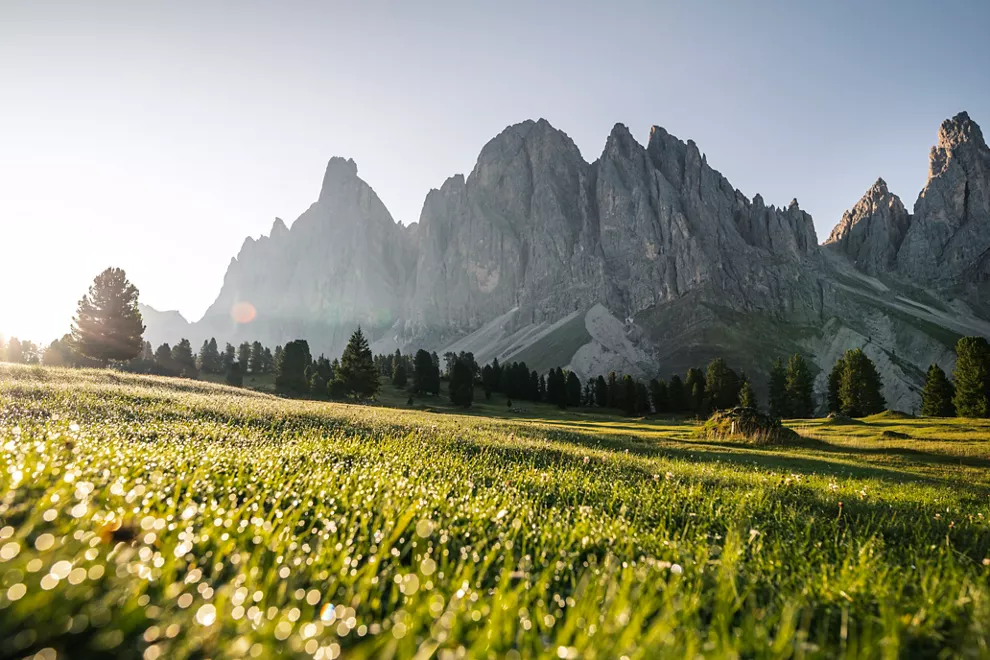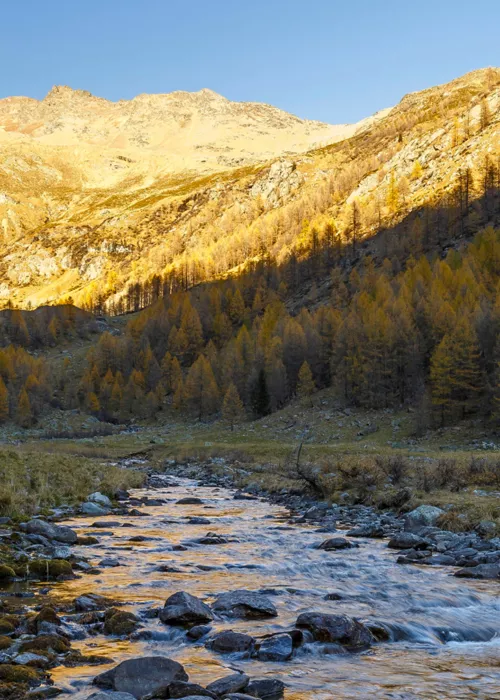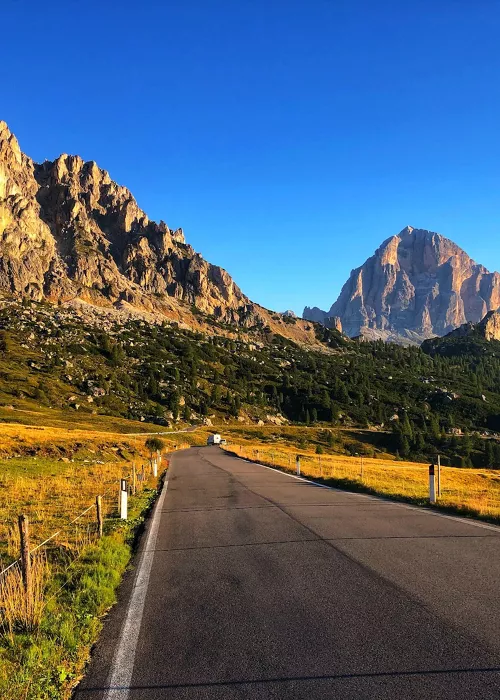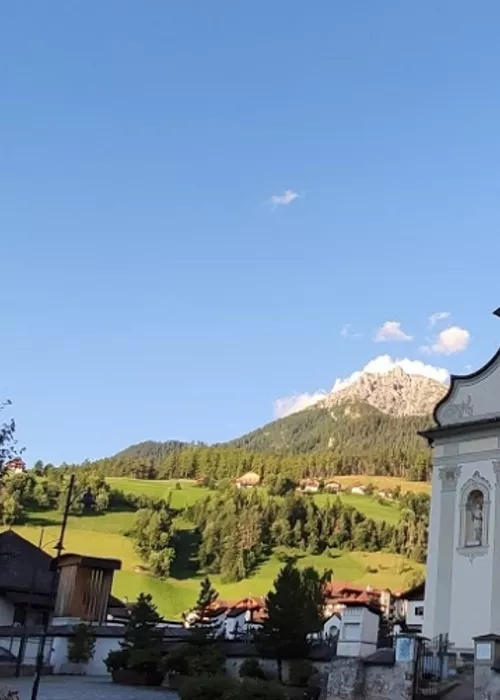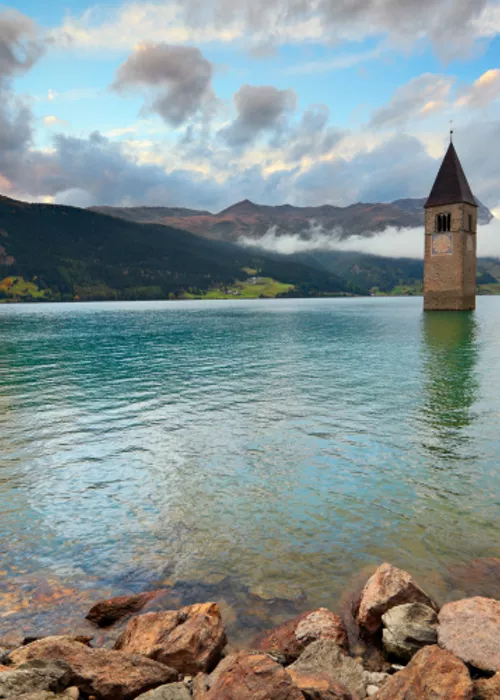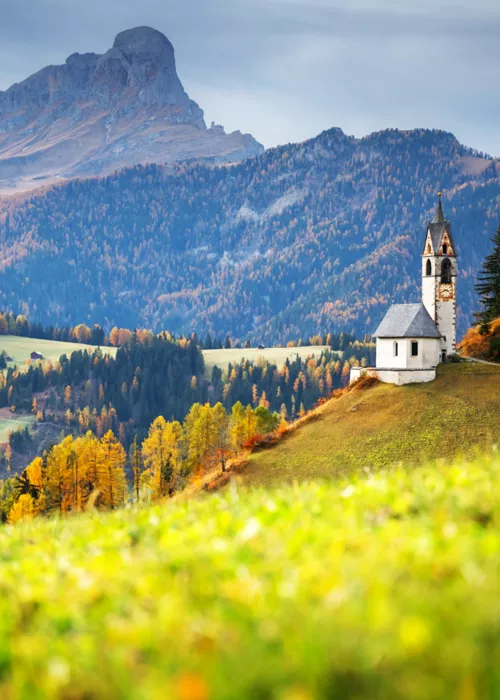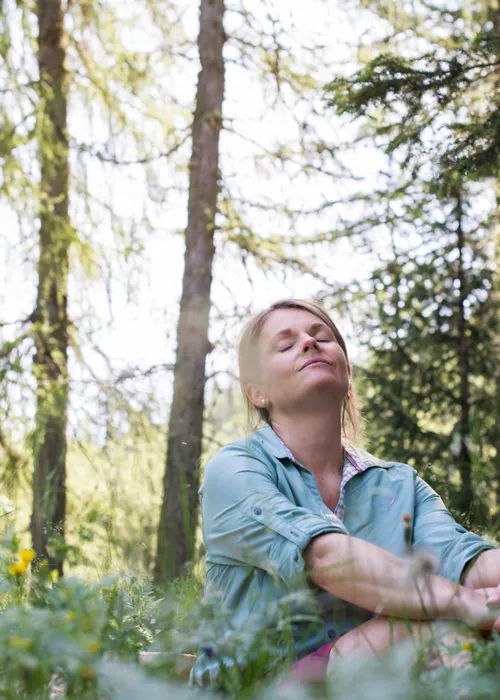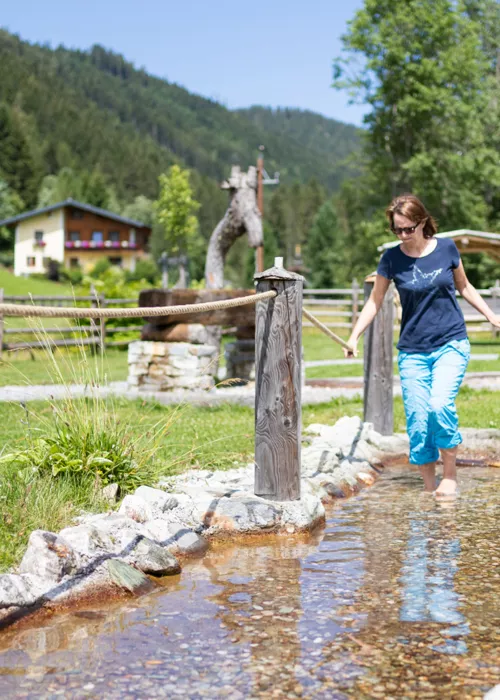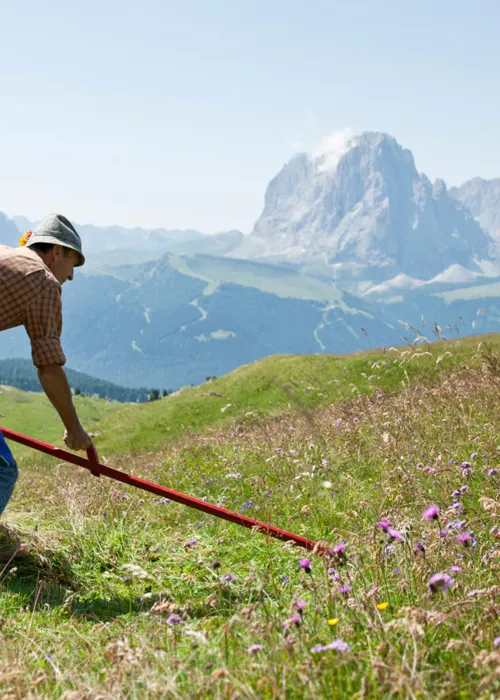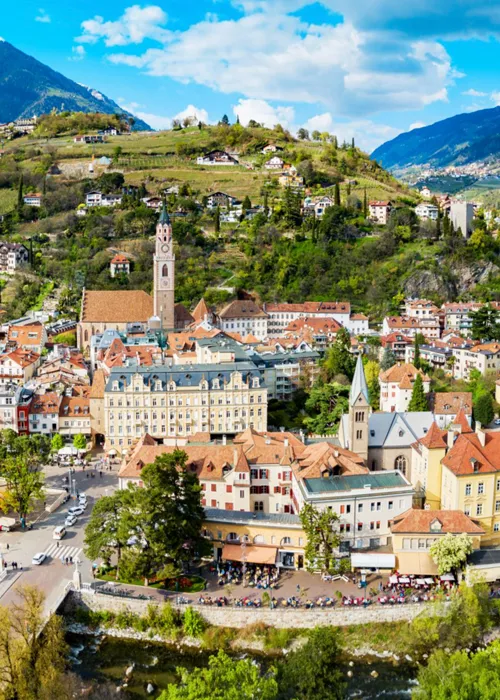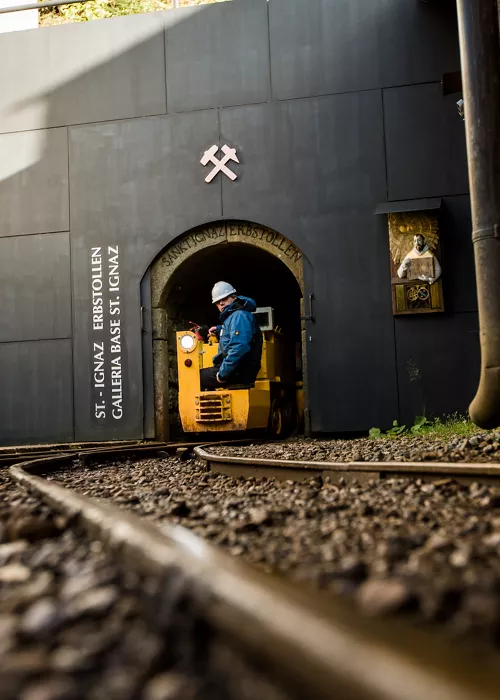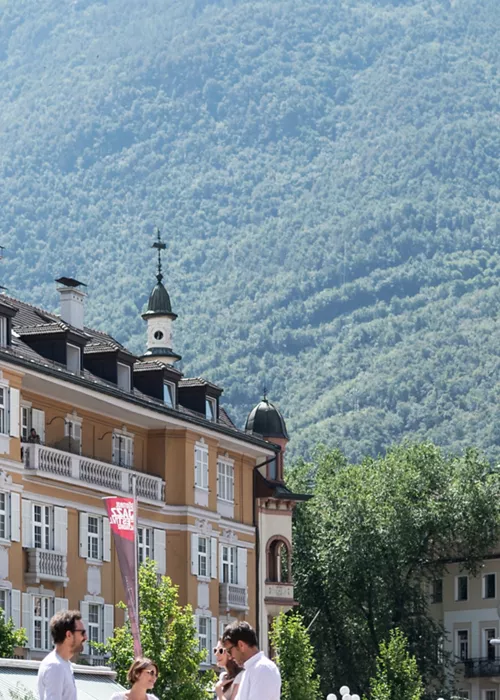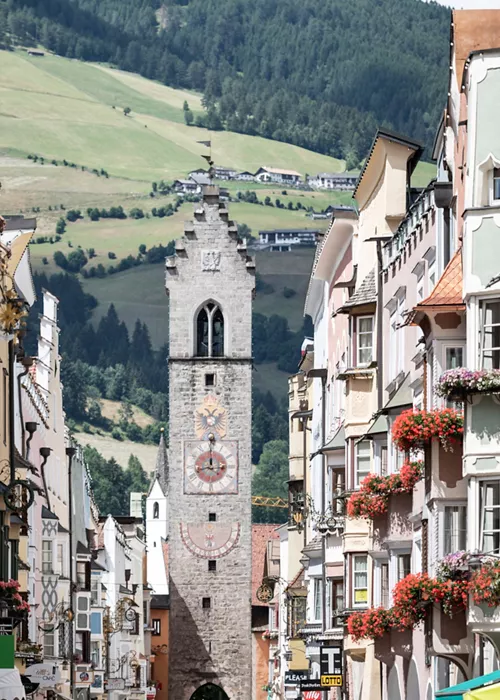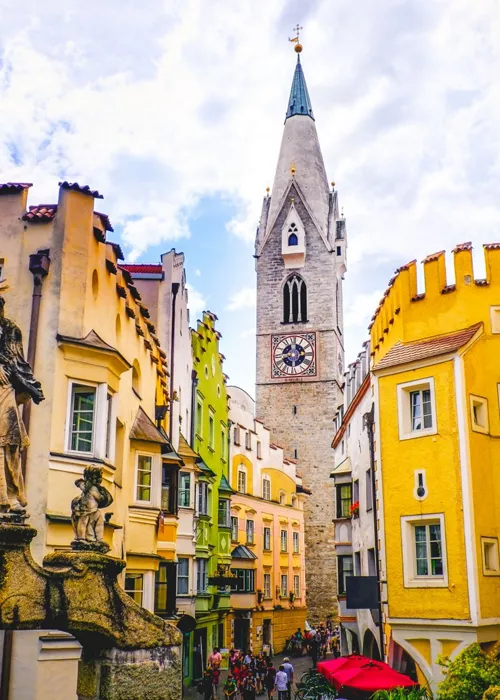South Tyrol: Protecting the Natural Heritage of Parks
3 minutes
Index
The South Tyrolean territory is rich in natural areas, precious landscapes whose delicate environmental balance must be preserved. Therefore, the region has established numerous parks. There are seven in all, in addition to the Stelvio National Park.
The task of each of them is to protect the invaluable ecosystem and make it accessible to all.
Stelvio National Park: “model” for sustainable management
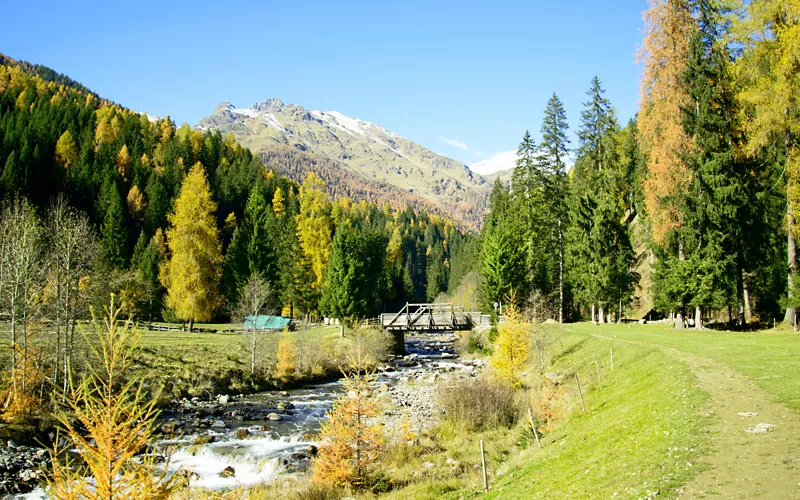
Among the largest nature reserves in Europe, the Stelvio National Park is a model to follow. It covers South Tyrol, Trentino and Lombardy. It encompasses the entire Ortles-Cevedale mountain massif and is a true spectacle for its visitors. In its 530 square kilometres, you will cover great differences in altitude, from 650 metres on the valley floor to 3,900 metres on the glacier peaks.
Depending on the altitude, you can admire colourful flora and unique fauna: rare flowers like edelweiss and glacier buttercup, dense forests populated by deer, roe deer and chamois. Further downstream ibexes, foxes, stoats, squirrels and hares. Then, in the sky, eagles and vultures.
Through meadows and forests you will reach solitary areas whose silence is only broken by the whistling of marmots. Before choosing your excursion, go to one of the Visitor Centres in Val Martello, Prato allo Stelvio or Trafoi. Inside, you will find permanent exhibitions focusing on specific themes.
Puez-Odle Nature Park: “building site” of the Dolomites
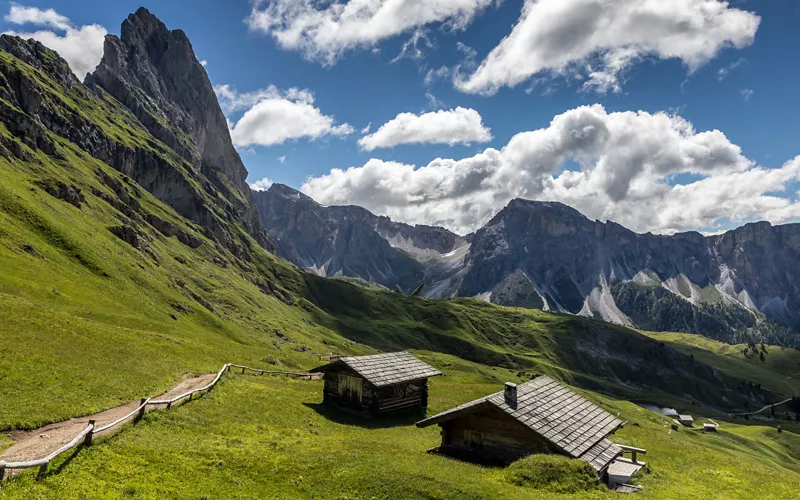
This park inherits its name from the surrounding peaks, covering over ten thousand hectares. From the analysis of its rocks, it is possible to trace the different geological eras of the Dolomites of tectonic upheavals and erosion phenomena. In Val di Funes you will immerse yourself in the Park’s “green heart”.
The most exciting exploration for the youngest is that offered by the Dolomiti Ranger to discover animals and plants, under the guidance of qualified operators.
Fanes-Senes-Braies Nature Park: home of karst
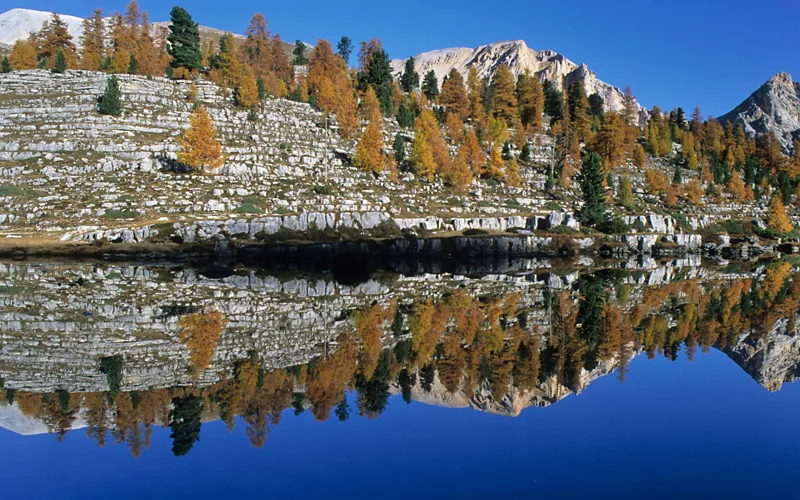
In this area, more than in any other, you will experience the phenomenon of karstification. You will come across the many perennial or temporary lakes and karstic springs bubbling up in vegetation-rich basins. Stop at one of the most beautiful: the Green Lake.
Also drop by the Fanes-Senes-Braies Nature Park visitor centre, in San Vigilio di Marebbe. You will find exhibitions and information panels on the formation of the Dolomites, beekeeping and fossils on site.
Sciliar Catinaccio Nature Park: the first of seven
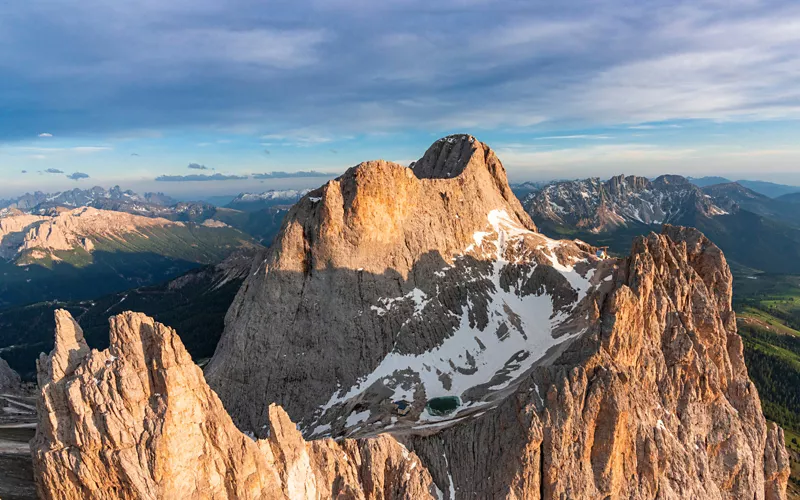
Covering an area of over 7,000 hectares in the western South Tyrolean Dolomites, the Sciliar-Catinaccio Nature Park was the first of the “seven brothers” established in South Tyrol.
A true spectacle of nature, with its springs, streams, peat bogs and dark red rocks, every metre will fascinate you. The peculiar silhouette of the Schlern will also catch your attention, due to its geological composition: dolomite, with its coral structure.
The site is rich in prehistoric settlements, testifying to the presence of man since the Bronze Age.
Vedrette di Ries-Aurina Nature Park: wealth of water
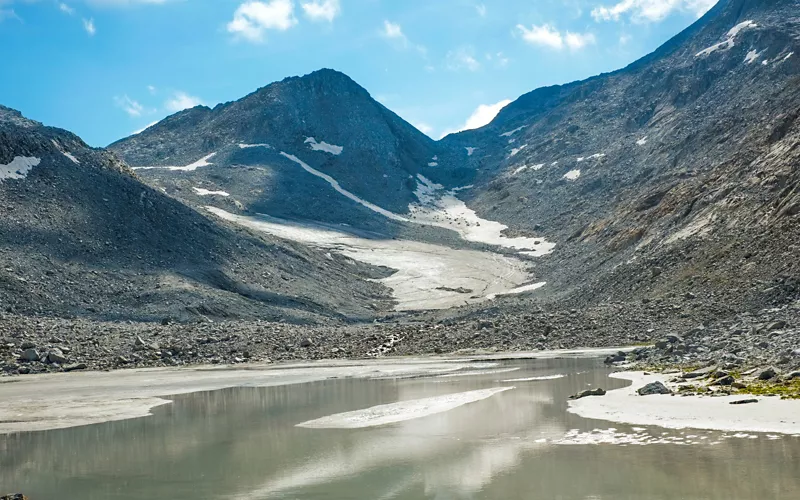
What makes this park unique is the presence of numerous glaciers. Covering an area of over 30,000 hectares, it is rich in water. You will see its streams overcoming walls and rockfalls, then plummeting down into the valley, and lush waterfalls, such as those in Tobel Gorge along the Rio Riva. Finally, the lakes in the hollows carved out by the glaciers, surrounded by dense coniferous forests.
Texel Group Nature Park: the largest of the seven
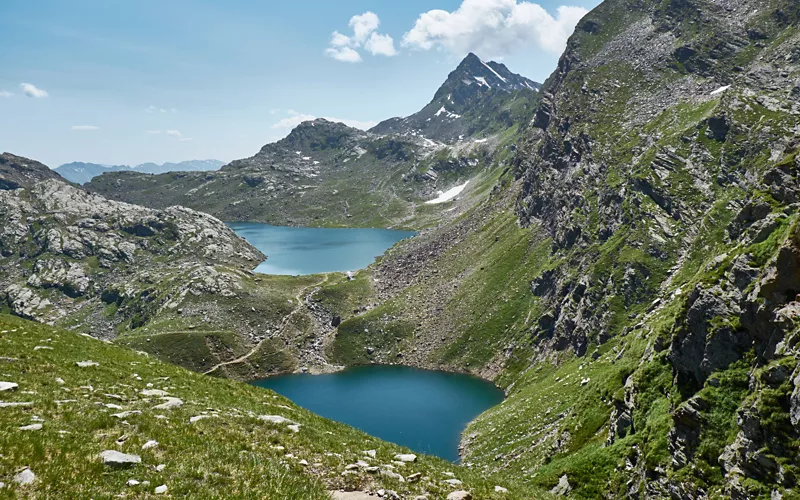
With an area of 33,400 hectares, the Texel Group Nature Park is the largest of the seven parks. It has an altitude difference of about 3,000 metres, encompassing almost all the different environments in South Tyrol, from steppe vegetation to perennial snow. The biggest attraction is the Parcines waterfall. Finally, the irrigation ditches, flanked by comfortable paths, invite you on pleasant walks.
Monte Corno Nature Park: sub-Mediterranean climate
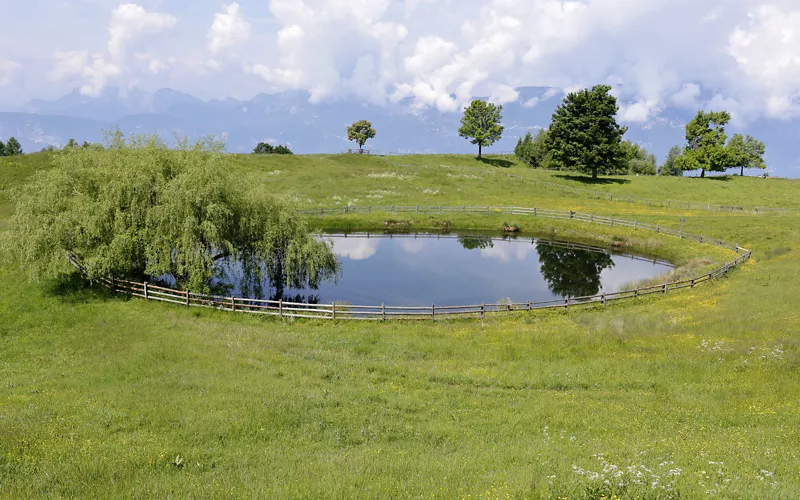
It is the southernmost region of South Tyrol, devoid of glaciers and high peaks, characterised by a sub-Mediterranean climate, which causes the yellow blossoms of the dogwood to sprout on the bare winter branches, turning them into red summer berries. On Monte Corno, its biodiversity is unparalleled and discovering it will be a constant surprise.
Three Peaks Nature Park: Dolomite flowers
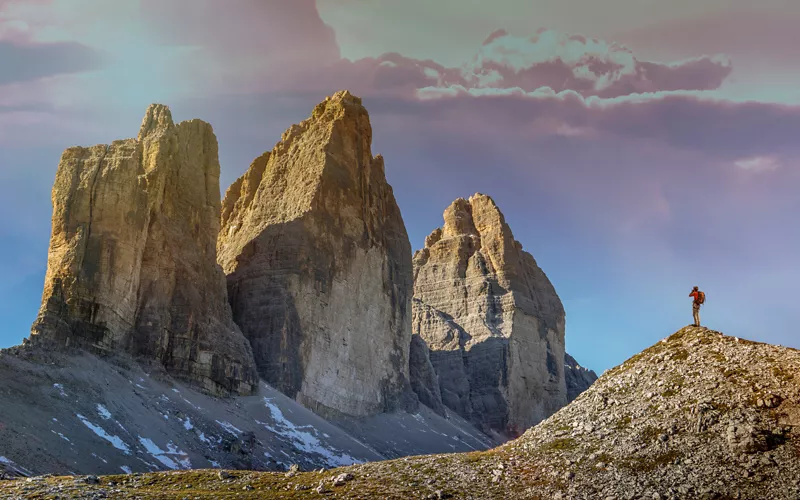
There are so many reasons to go to Tre Cime di Lavaredo that an encyclopaedia would not be able to list them. Enchanting place, walking through the 11,891 hectares of the Nature Park, you will be struck by the most beautiful Dolomite flowers, sprouting between cracks in the rocks, crevices and on ledges. Look up to admire the undisputed queen of the high mountains: the golden eagle.

